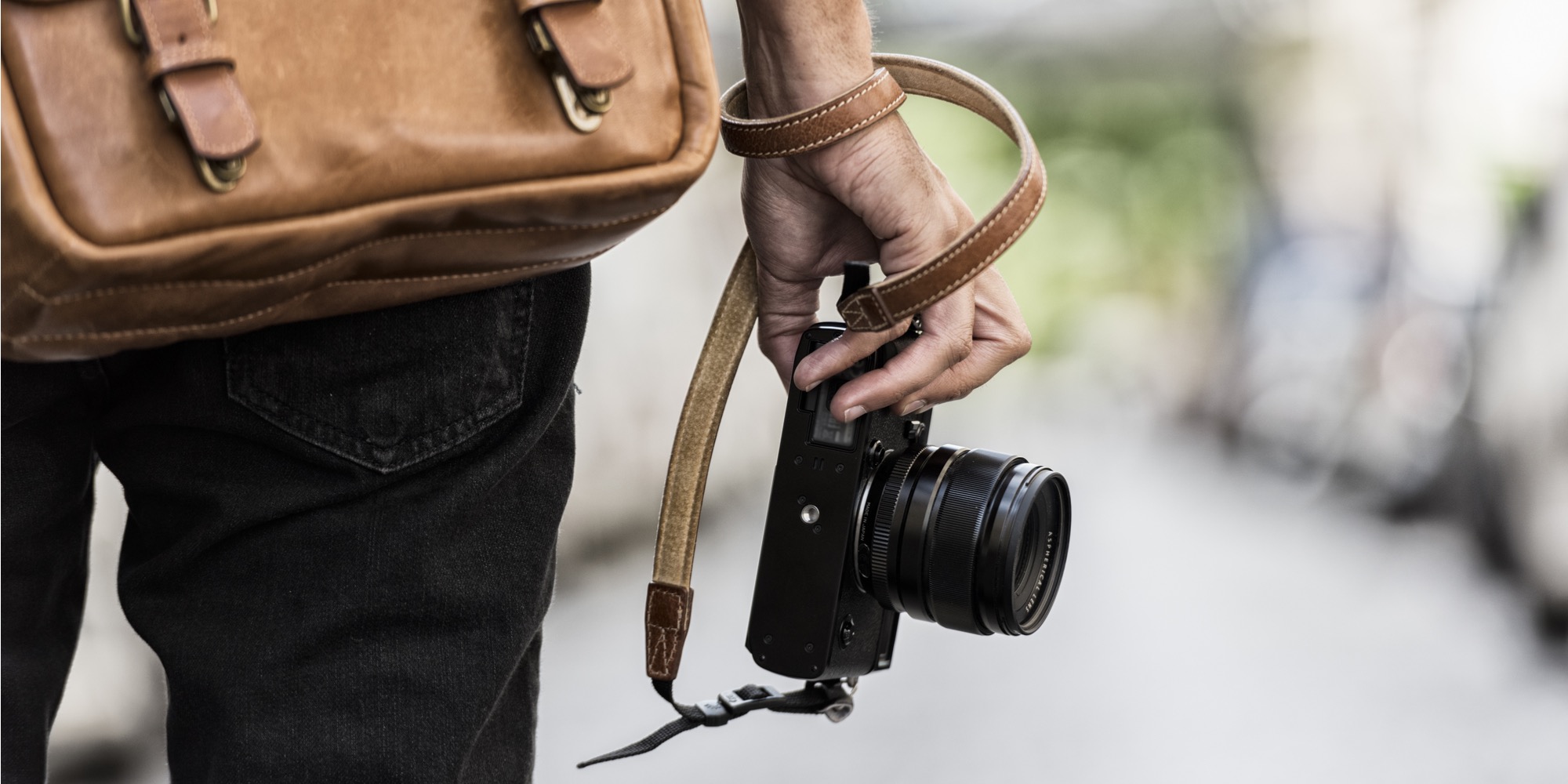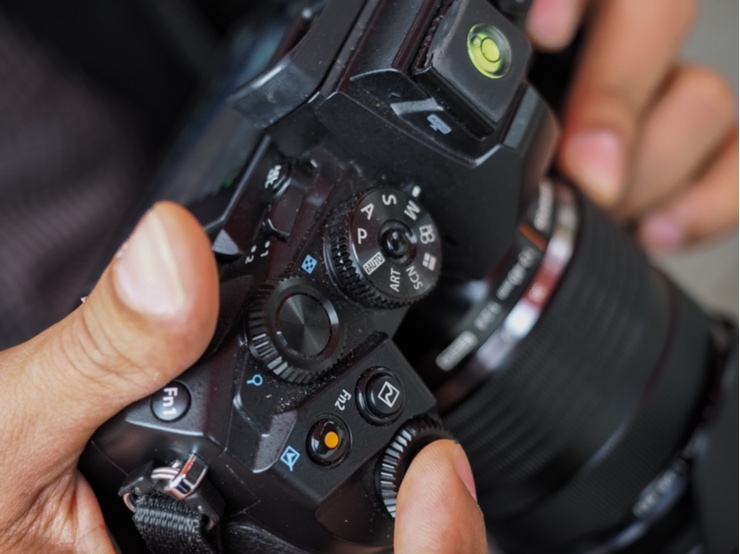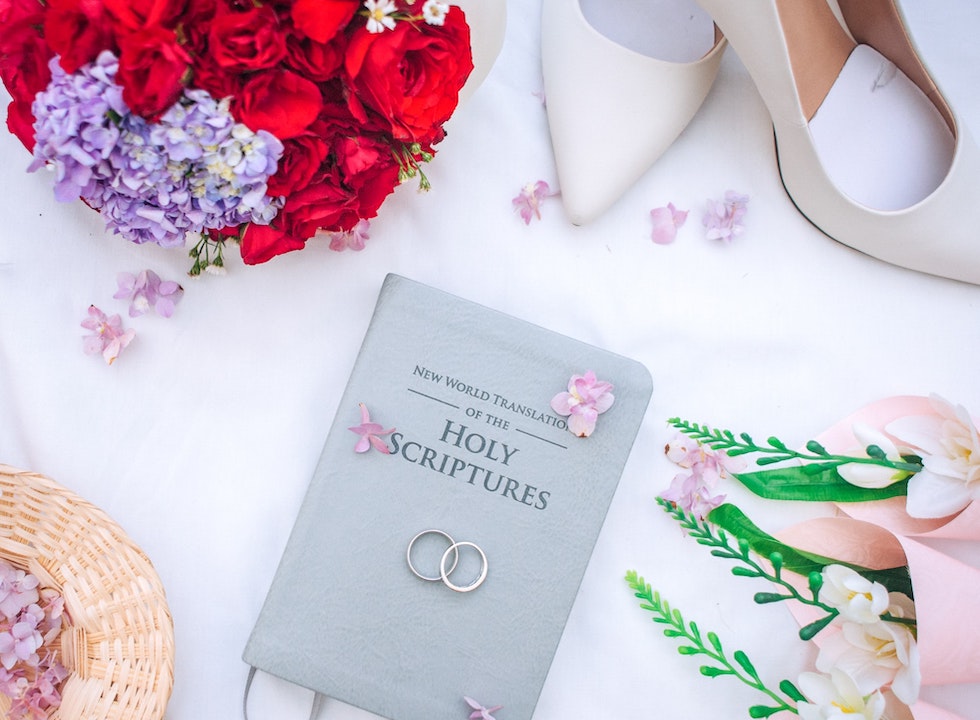The Ultimate Beginner Guide to Camera Setting
 Posted by Luulla Admin
Saturday 3 Mar 2018
Posted by Luulla Admin
Saturday 3 Mar 2018

Share
If you are a beginner who just owned a professional DSLR camera and you find the settings on cameras are intimidating and confusing. No worries, today we would give you an overall picture on how the basic camera features and settings work to contribute to your photos. If you're using a point-and-shoot camera or a smartphone, you may not use all these settings and modes. However, understanding the basic principals of photography will definitely help you in taking better photos.

1. Exposure
Exposure determines how light or dark your photo is. It is created by three factors: aperture, shutter speed, and ISO. Understanding how each of these elements work on their own and in relationship to each other will help you get great exposures. In short, it contributes to great photos.
2. Aperture
Aperture consists of small blades in the lens that create an adjustable, octagonal shape. It tells you how big the hole is in your lens. The smaller the hole is, the less light passes through it. The wider the hole is, the more light will enter your lens. The aperture is measured by your f-stop. The higher the f-stop (f22), the smaller the hole and the darker your image will be. The f-stop also measures the depth of field. A lower f-stop (f2.8) will give you more depth to your image. For example, if you are taking a photo of an item and would like the background to be a bit blurry, you would choose a low f-stop. If you are taking a picture of beautiful scenery, you would want a higher f-stop to make sure everything is in focus.
3. Shutter speed
Measured in fractions of a second, shutter speed is the length of time the shutter of your camera is open while you take a picture. Short or fast shutter speed (like 1/1000 of a second) allow less time for light to pass through your lens, whereas longer shutter speed (such as 1/250 of a second) creates a longer exposure, and may be useful in low light situations. When using a slow shutter speed, it's helpful to use a tripod to avoid blurring.
4. ISO
ISO determines how sensitive your camera is to light. A low ISO means your camera is less sensitive to light, requiring more light for a decent exposure. Usually this happens when you are having an outdoor shooting with sufficient lighting. A high ISO makes your camera more sensitive to light and it is perfect when you;re shooting indoors with less light.
Camera modes and settings

Different types of cameras have different settings and modes, but here are some common modes and settings you may want to explore. If you are a beginner, start with automated and slowly explore more manual modes as you become more confident with your camera. Refer to your camera manual to determine how modes are labeled.
Fully automated or automatic:
Your camera makes all the decisions, determining the best exposure using a built-in light sensor. In this mode your camera may determine when it's appropriate to use its built-in flash.
Program:
Your camera selects the shutter and aperture, but allows you to set the ISO, white balance, and choose whether you want to use the flash.
Aperture priority:
Allows you to set the aperture while your camera determines the rest.
Shutter priority:
Allows you to select the shutter speed while your camera determines the rest.
Manual:
Gives you full control to adjust to your particular subject and lighting conditions.
White balance:
This setting determines the color balance in your photos by ensuring that white objects appear white. Your camera likely has several automatic white balance settings for you to choose from to capture the most natural-looking colors in your photos.
Portrait:
A mid-range aperture and depth of field highlights a nearby subject against a somewhat blurry background.
Landscape:
A small aperture yields a deep depth of field, capturing nearby and far objects in focus.
Nighttime:
A slow shutter speed and high ISO allows more light in. A built-in flash often compensates for low-lit situations.
Action/kids:
Your camera's highest ISO and fastest shutter speed captures movement. A large aperture captures moving objects against a blurry background.
Burst/ continuous mode:
Allows you to capture several shots in quick succession with one press of the shutter-release button.
Now you have know all the basics, it's time to explore with your camera! Here are some ideas on how to take good product photos!








